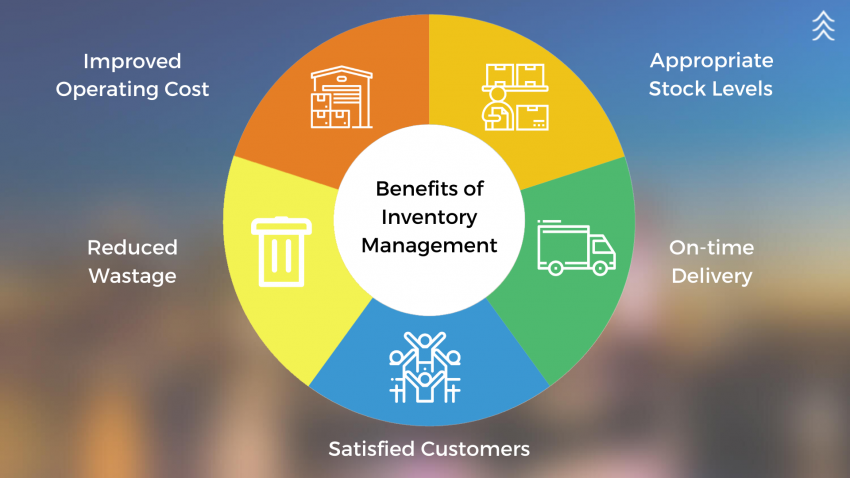Inventory Management refers to a process that deals with supply chain management, inventory control and demand forecasting. It is used for efficiently managing the regular flow of units into and out of a standing inventory. It is all about knowing what organisations have, where it’s stocked and how much they will need.
Instruments of Inventory Management
Inventory is expensive and involves the potential for loss and wastage for an organisation. Being out of stock may result in lost customers and a surplus can result in wastage, so an absolute balance must be maintained.
Instruments for effective inventory management include safety stock, order quantity, cost of goods, and inventory turnover. Inventory management depends on the size of the industry or organisation, but most of the instruments used are similar across all industries. Organisations that are best in class can minimize their investment in inventory.
Benefits of Inventory Management
Inventory changes continuously; regular sales, returns, new products even theft and damage affect the inventory levels of an organisation. There are several benefits of effective inventory management:
- Reduced warehouse costs: The sales and delivery process can run efficiently when an organisation has actual reports of in-stock inventory.
- Reduced lost sales: A precise inventory report protects an organisation from running out of stock and missing out on sales.
- Satisfied customers: An organisation’s accurate inventory management or reporting helps to achieve better customer service.
- Manufacturing of products: Decisions around when to manufacture will be smooth, fast and easy if inventory reports show the number of finished products available.
- Loss and theft reduction: Finished units can be lost in many ways, but a good inventory management practice can identify issues quickly.
Inference:
Effective inventory management helps in increasing profits and reducing waste by keeping an accurate account of finished goods that are ready to be delivered against future demand. Technology like Radio Frequency Identification (RFID) tags help to track the movement in materials, products and adds/deducts the number of units in the real-time. Use of inventory management software provides the latest data regarding the precise levels of available raw materials, in-stock inventory, outstanding orders and finished goods.
